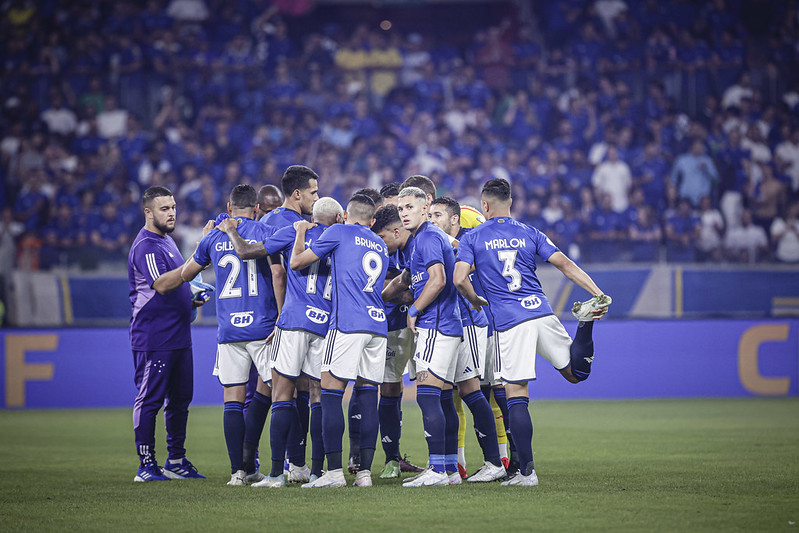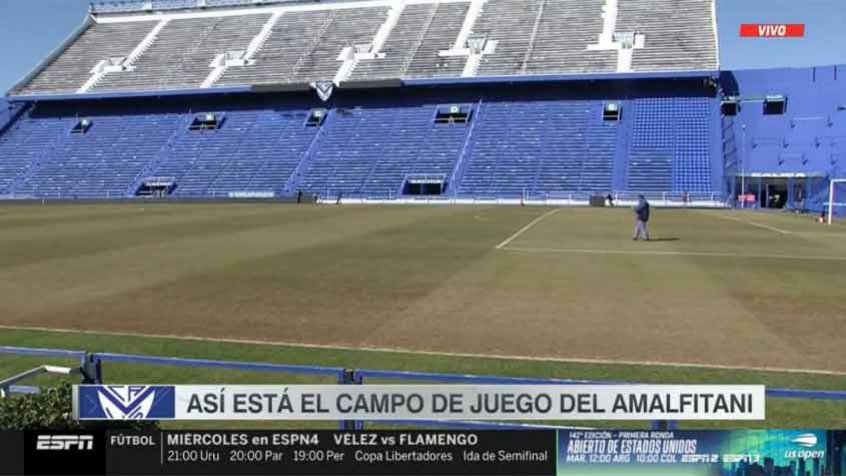The Copa Libertadores: South America's Most Prestigious Football Tournament
Por um escritor misterioso
publicado em dezembro/22/2024

Learn about the history, format, and significance of the Copa libertadores , the premier club football competition in South America.


The tournament was inspired by Europe's UEFA Champions League and was created by Uruguayan journalist Héctor Rivadavia Gómez. The inaugural edition featured just seven teams from Argentina, Brazil, Chile, Paraguay, and Uruguay. Since then, the number of participating teams has increased significantly.
Format:
The Copa libertadores follows a knockout format with two stages: the group stage and the knockout stage. In recent years, there have been some modifications to the format to enhance competitiveness and excitement.
Group Stage:
Initially, all participating teams are divided into eight groups of four teams each. These groups are determined through a draw that takes into account geographical locations and previous performances. Each team plays home and away matches against their group opponents. The top two teams from each group advance to the knockout stage.
Knockout Stage:
In this stage, which begins after the group stage is completed, teams face off in a series of two-legged ties until a champion is crowned. The ties consist of one home game and one away game for each team involved. Away goals rule applies in case of a tie on aggregate score after both legs.
Significance:
The Copa libertadores holds immense significance for South American clubs due to its long-standing tradition and prestige. Winning this tournament is considered a major achievement for any club in the region as it showcases their talent at an international level.
Furthermore, winning the Copa libertadores also grants qualification to the FIFA Club World Cup, where the champions from different continents compete against each other for the ultimate title. South American clubs have had a strong record in this tournament, with many going on to win the Club World Cup.
Rivalries:
The Copa libertadores has witnessed some intense rivalries over the years, adding to its allure. Matches between traditional powerhouses such as Boca Juniors and River Plate (both from Argentina), Flamengo and Fluminense (both from Brazil), and Colo-Colo and Universidad de Chile (both from Chile) often generate tremendous excitement and passion among fans.
Notable Winners:
Several clubs have enjoyed success in the Copa libertadores over the years. Argentine giants Independiente hold the record for most titles won, with a total of seven championships. Other notable winners include Boca Juniors, River Plate, Peñarol, Nacional, Santos, São Paulo, and Grêmio.
Controversies:
Like any major tournament, the Copa libertadores has had its fair share of controversies. From crowd trouble to match-fixing allegations, certain incidents have marred the competition's reputation at times. However, efforts are constantly being made by organizers to ensure a fair and safe environment for players and fans alike.
Conclusion:
The Copa libertadores is more than just a football tournament; it represents the passion and love for the game in South America. It provides an opportunity for clubs across the continent to showcase their talent on a grand stage and achieve glory at an international level. With its rich history, intense rivalries, and exciting format, it continues to captivate football enthusiasts around the world.






La decisión del Min. de Seguridad de Córdoba para Talleres-Vélez tras los incidentes en la ida - TyC Sports

Gramado ruim gera 'climão' nos bastidores de Flamengo e Vélez Sarsfield antes de semifinal - ISTOÉ Independente
The Copa libertadores is an annual football tournament that brings together the best club teams from South America. Considered to be the most prestigious competition in the region, it has a rich history dating back to its inception in 1960.The tournament was inspired by Europe's UEFA Champions League and was created by Uruguayan journalist Héctor Rivadavia Gómez. The inaugural edition featured just seven teams from Argentina, Brazil, Chile, Paraguay, and Uruguay. Since then, the number of participating teams has increased significantly.
Format:
The Copa libertadores follows a knockout format with two stages: the group stage and the knockout stage. In recent years, there have been some modifications to the format to enhance competitiveness and excitement.
Group Stage:
Initially, all participating teams are divided into eight groups of four teams each. These groups are determined through a draw that takes into account geographical locations and previous performances. Each team plays home and away matches against their group opponents. The top two teams from each group advance to the knockout stage.
Knockout Stage:
In this stage, which begins after the group stage is completed, teams face off in a series of two-legged ties until a champion is crowned. The ties consist of one home game and one away game for each team involved. Away goals rule applies in case of a tie on aggregate score after both legs.
Significance:
The Copa libertadores holds immense significance for South American clubs due to its long-standing tradition and prestige. Winning this tournament is considered a major achievement for any club in the region as it showcases their talent at an international level.
Furthermore, winning the Copa libertadores also grants qualification to the FIFA Club World Cup, where the champions from different continents compete against each other for the ultimate title. South American clubs have had a strong record in this tournament, with many going on to win the Club World Cup.
Rivalries:
The Copa libertadores has witnessed some intense rivalries over the years, adding to its allure. Matches between traditional powerhouses such as Boca Juniors and River Plate (both from Argentina), Flamengo and Fluminense (both from Brazil), and Colo-Colo and Universidad de Chile (both from Chile) often generate tremendous excitement and passion among fans.
Notable Winners:
Several clubs have enjoyed success in the Copa libertadores over the years. Argentine giants Independiente hold the record for most titles won, with a total of seven championships. Other notable winners include Boca Juniors, River Plate, Peñarol, Nacional, Santos, São Paulo, and Grêmio.
Controversies:
Like any major tournament, the Copa libertadores has had its fair share of controversies. From crowd trouble to match-fixing allegations, certain incidents have marred the competition's reputation at times. However, efforts are constantly being made by organizers to ensure a fair and safe environment for players and fans alike.
Conclusion:
The Copa libertadores is more than just a football tournament; it represents the passion and love for the game in South America. It provides an opportunity for clubs across the continent to showcase their talent on a grand stage and achieve glory at an international level. With its rich history, intense rivalries, and exciting format, it continues to captivate football enthusiasts around the world.

Minha Casa, Minha vida terá novas regras, descontos maiores

Casa da Água / Di Frenna Arquitectos

Palpite Fenerbahçe x Hatayspor: 22/10/2023 - Campeonato Turco

ABC x Tombense: placar ao vivo, escalações, lances, gols e mais
